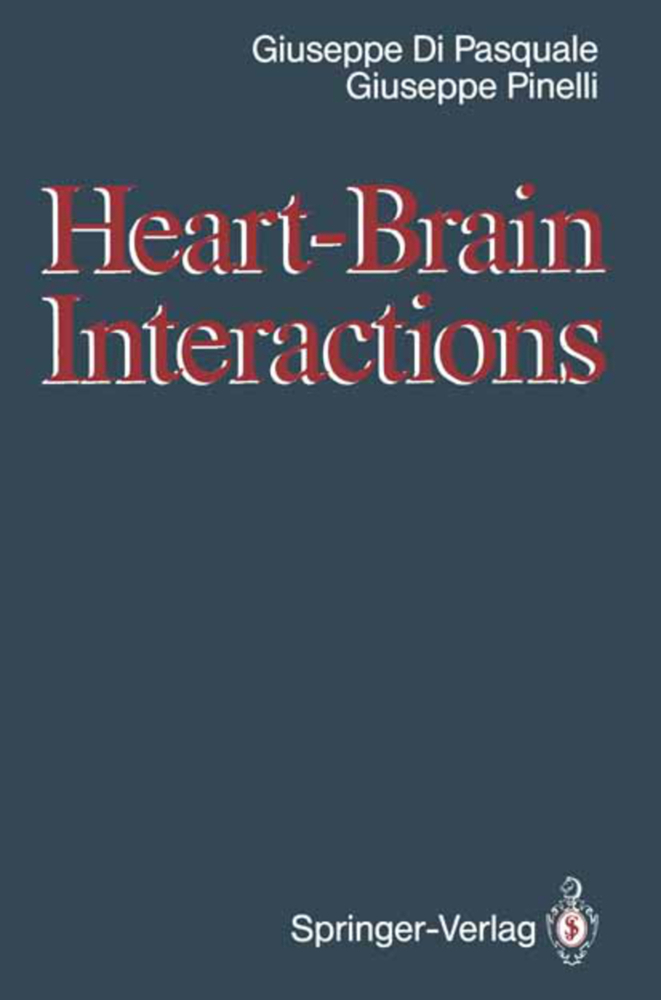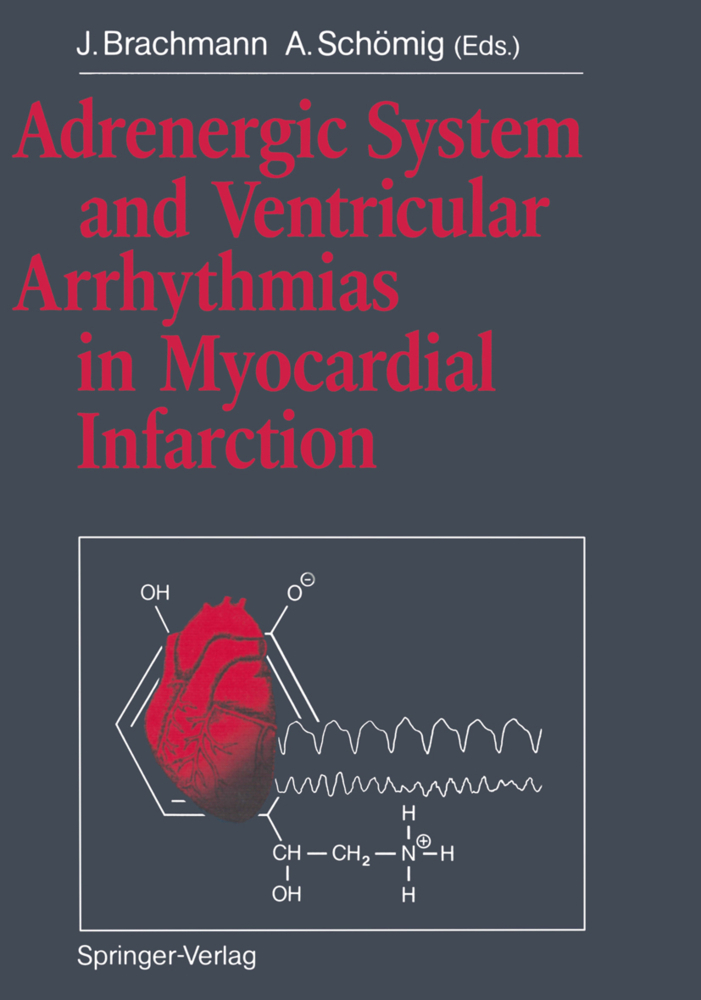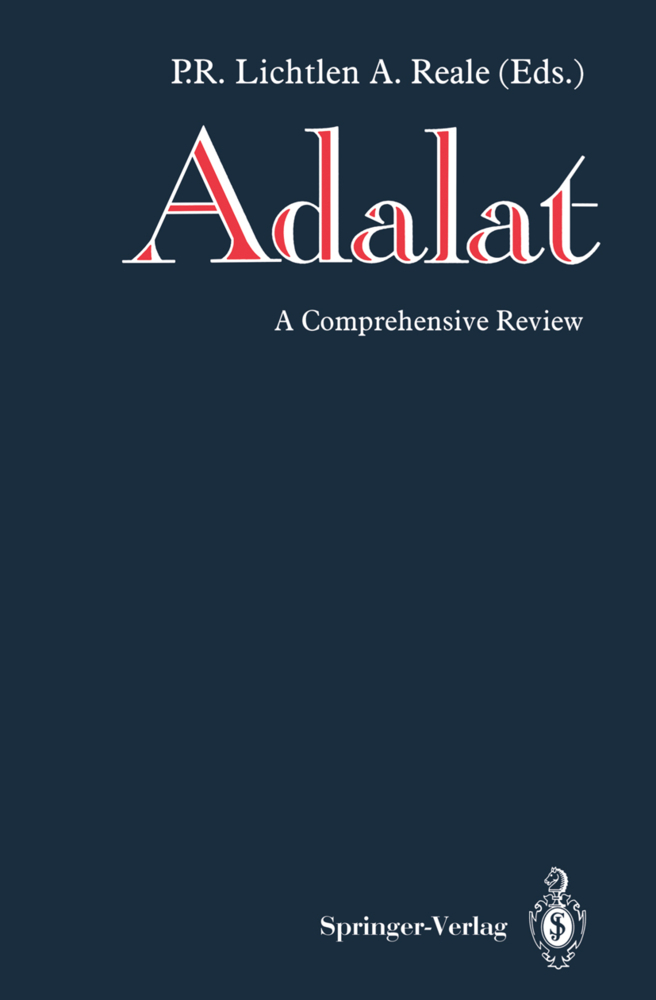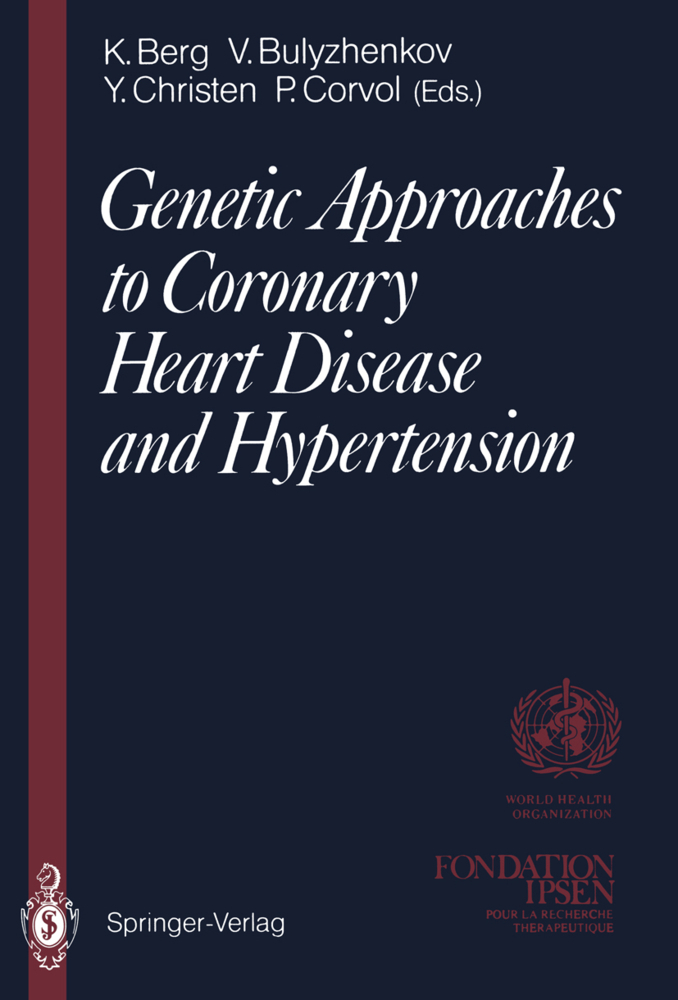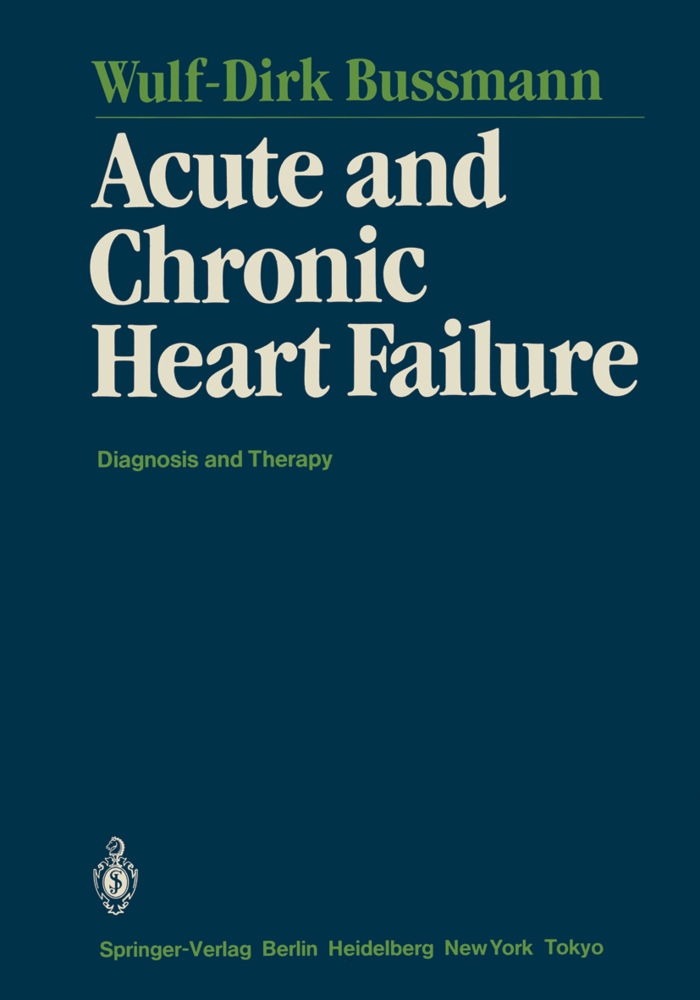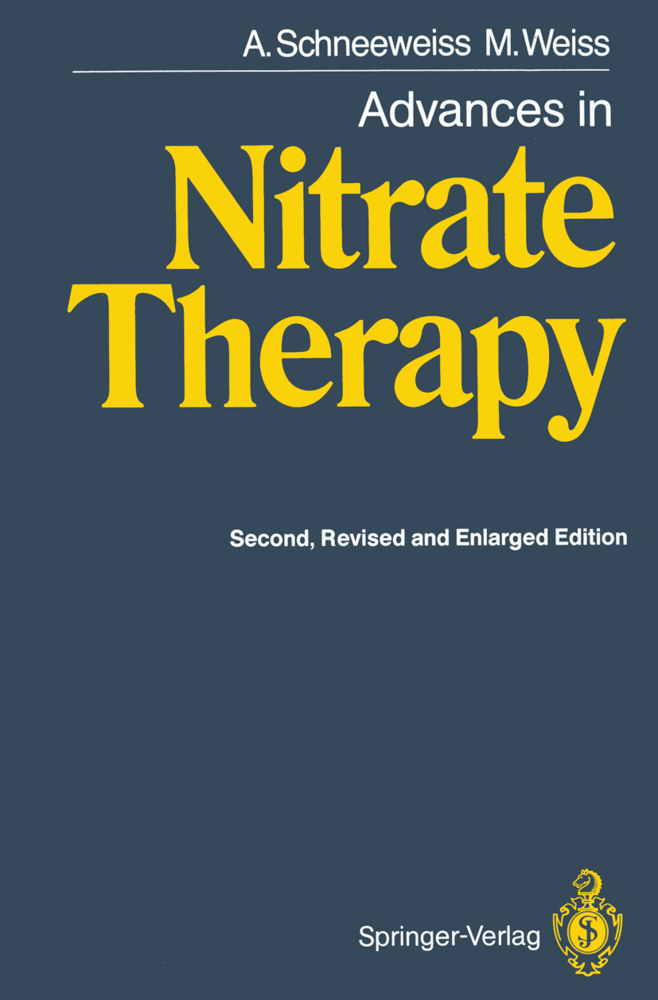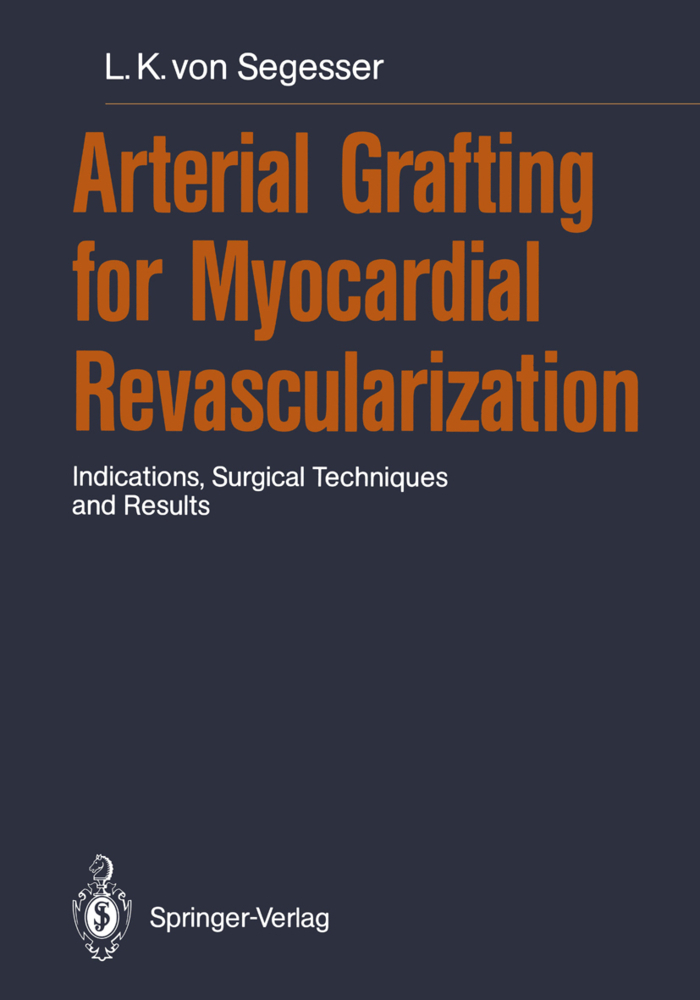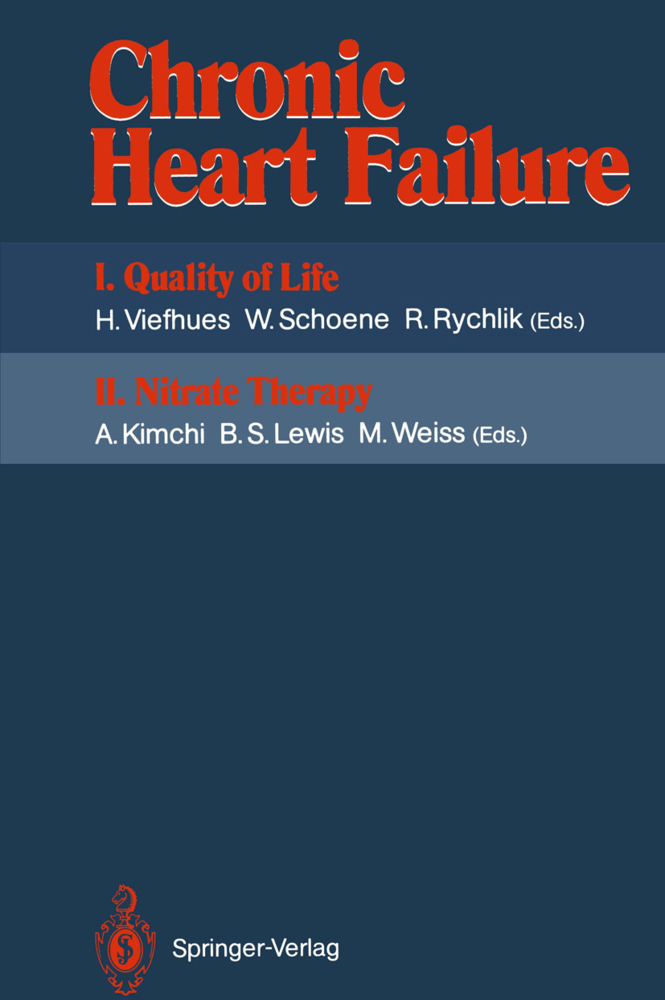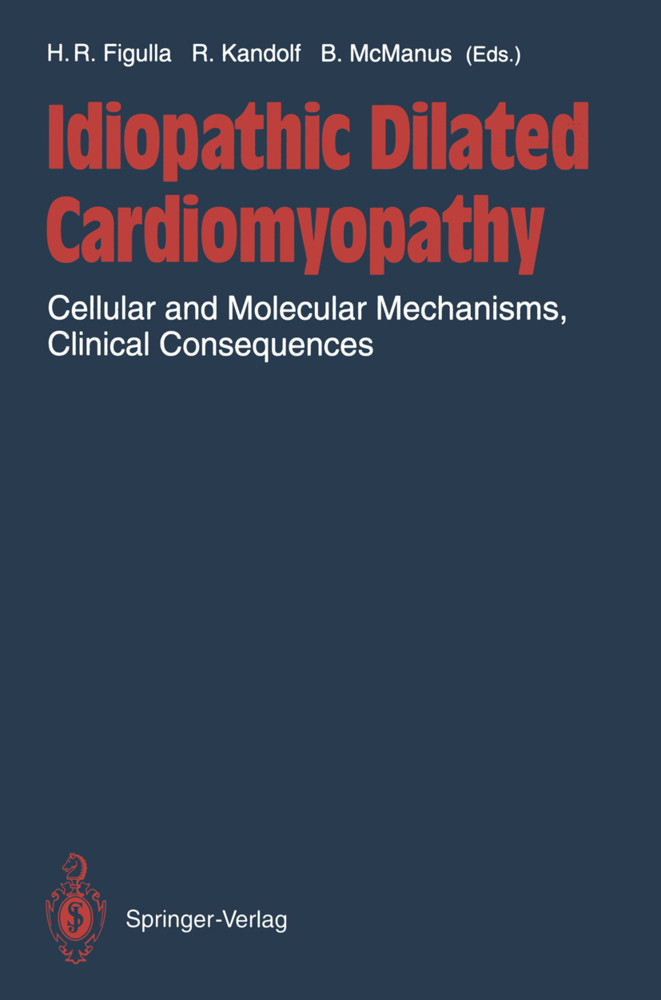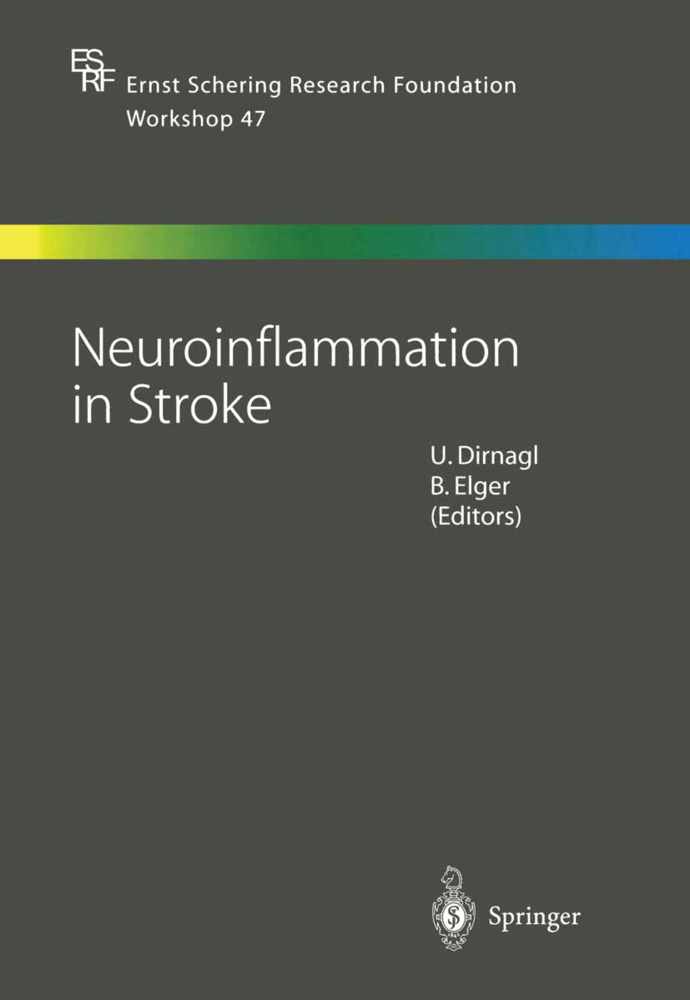Heart-Brain Interactions
Heart-Brain Interactions
In the last decade there has been a growing interest in the study of the interactions between the heart and the brain, especially in the field of cerebral ischemia. The interactions between cardiovascular and cerebrovascular diseases are of relevance not only for research investigation, but also for clinical implications in the daily clinical practice. i.e. A wealth of information has been gathered particularly on three topics, cardiovascular consequences of cerebral injuries, cardioembolic stroke, and association of carotid and coronary artery disease. The available information, however, is still sparse and fragmentary mainly because of the lack of commun ication between neurologists and cardiologists. With the aim of improving communication between several disciplines and technologies, we started to organize since 1987 in Bologna, Italy, an international Symposium on heart brain interactions to be held every 3 years. Our intention was to gather prominent clinicians and researchers from outstanding cardiologic and neuro logic institutions actively involved in the study of heart-brain interactions. The ambitious goal has been to fit different pieces of information like in a puzzle. This book originates from the contributions presented at the 2nd Sympo sium which was held in Bologna on November 30-December 1, 1990. The book is subdivided into three sections: I cardiovascular consequences of cerebral damage, II cardiogenic cerebral ischemia, III cerebrovascular and coronary artery disease.
Electrocardiographic Changes Following Acute Ischemic or Hemorrhagic Stroke
Cardiac Arrhythmias Following Acute Brain Injuries
Clinical Evidence of Myocardial Damage in Patients with Acute Subarachnoid Hemorrhage
Pathologic Evidence of Myocardial Damage Following Acute Brain Injuries
Prevention of Myocardial Damage Following Acute Brain Injuries by Beta-Blockade
II Cardiogenic Cerebral Ischemia: Diagnostic and Therapeutic Aspects
Cardiogenic Focal Cerebral Ischemia in Patients Under 45 Years
Diagnostic-Therapeutic Protocol of Syncope
Cardioembolic Stroke: Prevalence, Diagnosis, and Treatment
Thromboembolism in Nonrheumatic Atrial Fibrillation: What Have We Learned?
Usefulness of Transthoracic, Transesophageal, and Contrast Ecocardiography in Patients with Suspected Cardioembolic Stroke
Two-Dimensional Echocardiography in Young Adults with Cerebral Ischemia: Emerging Issues
III Cerebrovascular and Coronary Artery Disease
1 Risk Factors
Arterial Hypertension and Risk of Stroke and Myocardial Infarction
Hyperlipidemia and Risk of Stroke
2 Detection of Association
Noninvasive Investigation for the Detection of Asymptomatic Ischemic Heart Disease in Cerebrovascular Patients
Multifocal Atherosclerotic Noninvasive Findings in Patients with Coronary Artery Disease
3 Medical Treatment
Pharmacological Approaches to the Regression of Atherosclerotic Lesions of the Carotid or Coronary Arteries
Antiplatelet Therapy and Prevention of Myocardial Ischemia
Antiplatelet Therapy in Stroke Prevention
Heparin in the Treatment of Cerebral and Myocardial Ischemia
Thrombolytic Therapy in Acute Myocardial Infarction
Thrombolytic Treatment of Patients with Acute Ischemic Stroke
Management of Acute Ischemic Stroke
4 Surgical Treatment
Carotid Endarterectomy: Wider Indications or Better Selection?
Surgical Strategy in Patients with Associated Carotid and Coronary Artery Lesions: Staged or Combined Operations?.
I Cardiovascular Consequences of Cerebral Damage
The Visceral Nervous System as a Link Between the Heart and the Brain: An Approach Employing Spectral Analysis of R-R and Systolic Arterial Pressure VariabilitiesElectrocardiographic Changes Following Acute Ischemic or Hemorrhagic Stroke
Cardiac Arrhythmias Following Acute Brain Injuries
Clinical Evidence of Myocardial Damage in Patients with Acute Subarachnoid Hemorrhage
Pathologic Evidence of Myocardial Damage Following Acute Brain Injuries
Prevention of Myocardial Damage Following Acute Brain Injuries by Beta-Blockade
II Cardiogenic Cerebral Ischemia: Diagnostic and Therapeutic Aspects
Cardiogenic Focal Cerebral Ischemia in Patients Under 45 Years
Diagnostic-Therapeutic Protocol of Syncope
Cardioembolic Stroke: Prevalence, Diagnosis, and Treatment
Thromboembolism in Nonrheumatic Atrial Fibrillation: What Have We Learned?
Usefulness of Transthoracic, Transesophageal, and Contrast Ecocardiography in Patients with Suspected Cardioembolic Stroke
Two-Dimensional Echocardiography in Young Adults with Cerebral Ischemia: Emerging Issues
III Cerebrovascular and Coronary Artery Disease
1 Risk Factors
Arterial Hypertension and Risk of Stroke and Myocardial Infarction
Hyperlipidemia and Risk of Stroke
2 Detection of Association
Noninvasive Investigation for the Detection of Asymptomatic Ischemic Heart Disease in Cerebrovascular Patients
Multifocal Atherosclerotic Noninvasive Findings in Patients with Coronary Artery Disease
3 Medical Treatment
Pharmacological Approaches to the Regression of Atherosclerotic Lesions of the Carotid or Coronary Arteries
Antiplatelet Therapy and Prevention of Myocardial Ischemia
Antiplatelet Therapy in Stroke Prevention
Heparin in the Treatment of Cerebral and Myocardial Ischemia
Thrombolytic Therapy in Acute Myocardial Infarction
Thrombolytic Treatment of Patients with Acute Ischemic Stroke
Management of Acute Ischemic Stroke
4 Surgical Treatment
Carotid Endarterectomy: Wider Indications or Better Selection?
Surgical Strategy in Patients with Associated Carotid and Coronary Artery Lesions: Staged or Combined Operations?.
Di Pasquale, Giuseppe
Pinelli, Giuseppe
| ISBN | 978-3-642-76654-1 |
|---|---|
| Artikelnummer | 9783642766541 |
| Medientyp | Buch |
| Auflage | Softcover reprint of the original 1st ed. 1992 |
| Copyrightjahr | 2012 |
| Verlag | Springer, Berlin |
| Umfang | XIV, 228 Seiten |
| Abbildungen | XIV, 228 p. 15 illus. |
| Sprache | Englisch |

